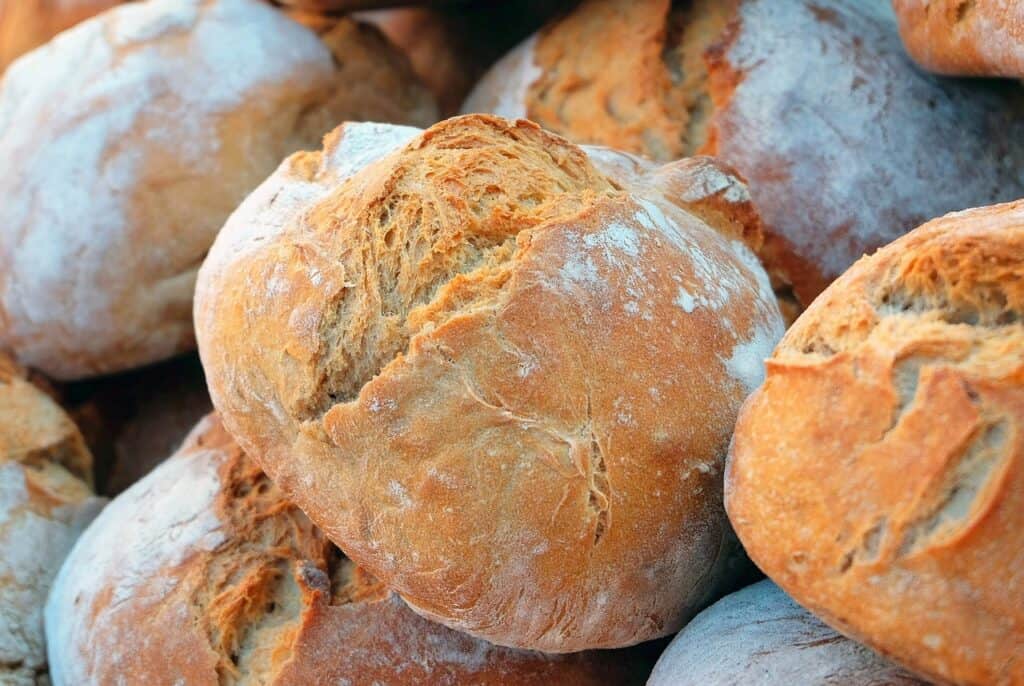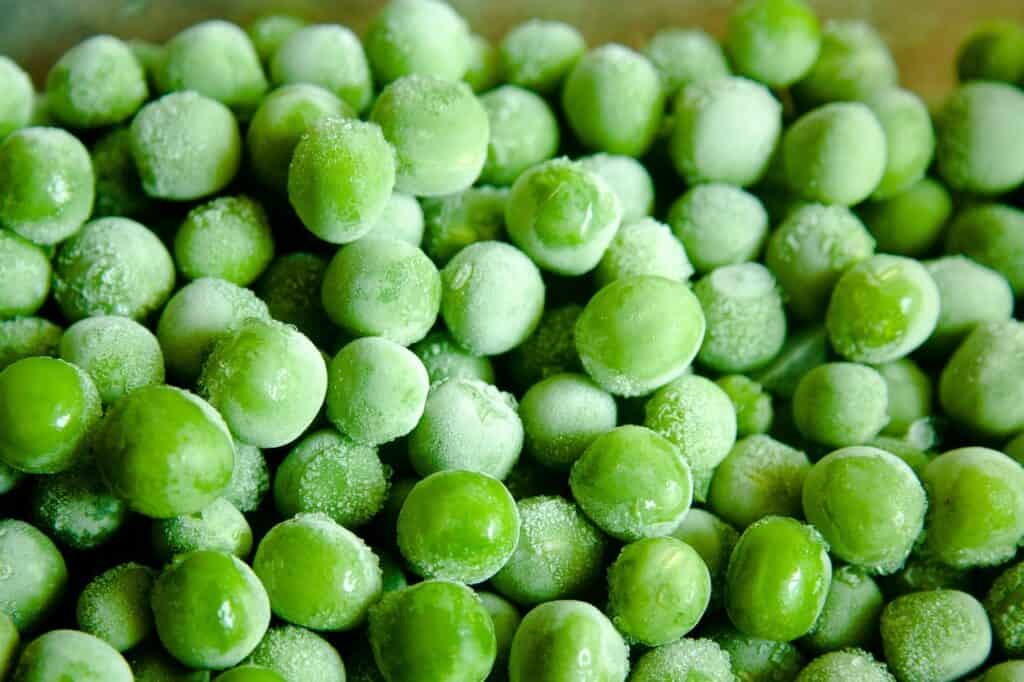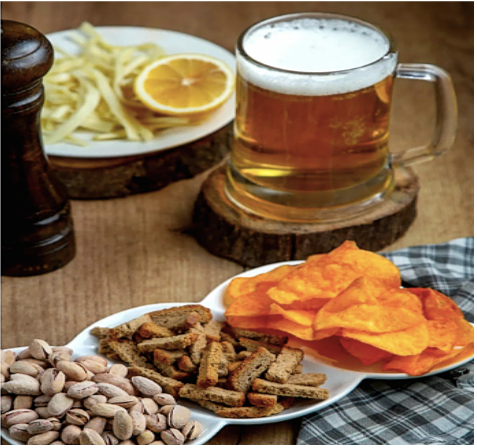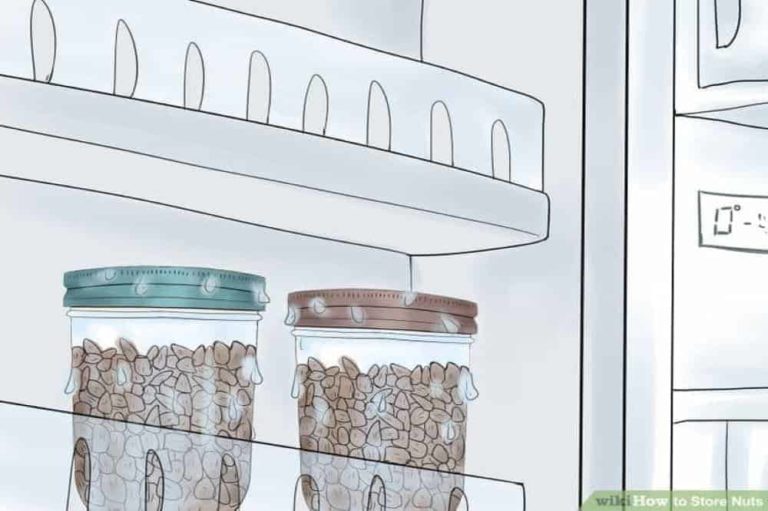Your cart is currently empty!
Food As A Weapon Of War | The Three Strategies Of Food In War
Armies have long used food as a weapon of war. Providing or withholding food during times of conflict can be just as potent as guns, bombs, and explosives. Control of food supplies during the war is important because wars disrupt the seasonal pattern of growing crops. This enables the ability to displace farming populations and prevent the transport of food within the area of conflict. The economic costs of war may impoverish citizens and local governments. It makes them unable to purchase or distribute needed food, even if it is available.
A significant focus of the Marshall Plan for Europe was to prevent starvation and social upheaval. This was to avoid the same kind of starvation and upheaval that had followed World War I. More recent relief efforts have focused on distributing food to refugees of many regional conflicts. This took place when imposed famine was part of strategy in countries like Liberia, Mozambique, Somalia, and Sudan.
Withholding Food

There are several ways to withhold food in war. Some strategies include preventing growth or harvest or destroying it after harvest. A more common practice in modern warfare is preventing it from being shipped or contaminating the supply.
Conquering armies have scattered or exiled indigenous farming populations from their native lands. This is to make room for their own colonists who would subjugate and establish their hegemony over the local inhabitants and provide food and warriors for future campaigns. Ancient armies have “salted the earth” and destroyed irrigation systems to make an area unsuitable for growing crops. In the Punic Wars with Carthage in the third and second centuries, Rome defeated the armies of Hannibal. They destroyed his empire and plowed the land with salt to make it infertile. The Roman practice of contaminating water supplies by dumping dead animals into wells has continued into recent history. Confederate soldiers demonstrated this during the American Civil War when they fouled the water supplies of the Union soldiers with dead animals.
There are no instances of widespread contamination of food during the war in the modern era, perhaps because of the universal condemnation of such practices by all civilized nations. Sieges of fortified positions have been used since time immemorial to starve, demoralize, and physically weaken the ensconced combatants. Pictorial representations in Egypt depict sieges over 4,000 years ago. The Iliad of Homer describes the siege of Troy by the Greeks over 3,000 years ago. Like many of the numerous sieges that followed, it ended not through force of arms but through deception and treachery.
A History Of Sieges On Food As A Weapon Of War
The Spartan siege of Athens that ended the Peloponnesian Wars (431-404 B.C.E.) was ineffective as long as Athens could obtain food by sea. Only by allying themselves with Persia and destroying the Athenian navy were the Spartans able to starve them into submission. Emperor Leo III of the Eastern Roman Empire employed a similar maritime strategy but in reverse. His forces destroyed the Arab navy, maintained food imports, and broke their siege of Constantinople in 717. Sieges often do not work because the besieged forces have stored or can obtain enough food for the duration. Another reason is that the invading forces cannot obtain food or maintain supply lines because of the surrounding hostile population.
A continuing problem with siege warfare was that the attackers could run out of food or succumb to disease in their unhealthy encampments. For this reason, the parties of siege warfare in the medieval West often agreed on a time limit, after which the besieged forces could leave without penalty. Such civility was rare even then and certainly has not persisted to modern times of total war. Enemy forces reduced Parisians to eating rats during the siege that ended the 1870 Franco-Prussian War. Over a million Russians starved to death during the 500-day siege of Leningrad in World War I. In the war, more civilians died in Leningrad than in the bombings of Hamburg, Dresden, Tokyo, Hiroshima, and Nagasaki combined.
Sieges In More Modern Times
In modern times, sieges have expanded and evolved into embargos of critical war materials. For example, food, medicine, oil, strategic metals, technology, etc., are seized by nation-states. England imposed an embargo by sea for that area of Europe occupied by Napoleon. Germany tried to embargo food and materials from England and Russia by the U.S. in the Second World War. While food is now usually not embargoed for humanitarian reasons by the major powers, economic sanctions remain an implement of international policy, and genocidal starvation is an accepted strategy in some regional conflicts. Modern warfare now amplifies strategy in using food as a weapon of war.
Scorched Earth

Many countries have adopted a “scorched earth” policy (destroying anything that might be of use to an invading enemy) to prevent an invading army from living off the land. Both attackers and defenders in conventional wars and guerrilla struggles have used this strategy. During the U.S. Civil War, General William T. Sherman brought “total war” to the heart of the Confederacy by his infamous “March to the Sea” across Georgia and South Carolina.
Many still debate the scorched earth policy as being barbarous or sound in military strategy. The British used a scorched earth policy during their war with the Boers in South Africa. The French also used it in the conquest of Algeria to starve the natives into submission. Unless ruthlessly enforced, it is often difficult to convince people to destroy all they have in advance of an invading force. This tactic almost prevented Julius Caesar’s conquest of Gaul. Still, Vercingetorix’s guerrilla campaigns were ineffective because he could not persuade his countrymen to adopt this painful policy wholeheartedly. World leaders still argue the scorched earth strategy is ruthless in the utilization of food as a weapon of war.
Scorched Earth In WWII
Russia very effectively used a scorched earth policy during its invasion by Swedish armies in 1709, Napoleon’s troops in 1812, and Hitler’s armies in 1941. Because the Russians removed most of the food and crops in advance, Napoleon’s half-a-million-man army could not live off the land as they had in previous campaigns. Despite being able to capture Moscow, they were too emaciated to hold it and had to retreat.
The inability to find food locally also created severe problems for the German military in World War II, trying to feed three million soldiers. Forests, stores, and transports were set afire; all grain and millions of cattle were shipped from the Ukraine to Russia, leaving nothing for the advancing German armies. However, nothing was left for the peasants, who were equally bereft of food and shelter. As the Germans retreated toward Berlin, they, too, implemented a scorched earth policy to slow the pursuing Russian army.
Providing Food
Since, as Napoleon is quoted as saying, “An army marches on its stomach,” procuring enough food to support an army in the field is a paramount concern for all commanders. Although weapons, clothing, and shelter are of the most significant immediate importance to soldiers, logistical support to provide food and materials is often the decisive element in winning wars. Soldiers often had to truly “live off the land,” even when in permanent garrisons or semipermanent encampments during lengthy sieges. Food preservation, packaging, and transportation improvements have made modern armies immune to local vagaries in food availability.
The technologies of canning, freezing, dehydrating, and irradiating food were greatly advanced by the necessities of war. In 1795, Nicholas Appert, a French chef, won a prize offered by Napoleon for a way to prevent military food supplies from spoiling. Appert successfully implemented his principles for canning meats and vegetables in jars by 1806. This applied to the canning of meat, vegetables, fruit, and even milk for the French Navy. The English adopted the process to use metal containers in 1810, and when Napoleon faced Wellington at Waterloo in 1815, both of their troops ate canned rations.
Different Foods In As A Weapon Of War

Frozen foods had been around since the 1920s but did not become important until they were used to feed U.S. troops overseas during the Second World War. American consumers caught on to frozen foods because canned foods require more precious metals. People have practiced dehydration for millennia by drying grasses, herbs, roots, berries, and meats by setting them out in the sun. Dehydrated foods are important for the military because of their lightweight and minimal volume. During World War II, the U.S. Army tested irradiation on fruits, vegetables, dairy products, and meat.
Nasa and the military pioneered irradiated food and have extensively used it since the 1960s. There is a responsibility to feed large numbers of people on military bases and on the battlefield. Its enforced administrated structure provides an excellent opportunity for large-scale testing of new food handling and preparation technologies by the military. This was coupled with the mandated desires of the U.S. Congress for the military to eat domestically grown food, even in distant military operations, and the realities of combat. Many food-handling technologies have been first implemented by the military before they gained widespread acceptance by civilians.
Weaponization Of Current Times
Many view the weaponization of current times to be more political than that of the past. This is because it is much more published on media outlets than the common man. This complex can create relevance of problems at a drastic rate across the entire globe. Countries like Ukraine and Israel have utilized food as a weapon of war in the modern agenda taking place.
Food As A Weapon Of War In Ukraine
Russia has turned food into a weapon of war in Ukraine by restricting resources as well as access to further resources in the future. Ukraine is formally the largest grain supplier in Europe and many other countries. The war has restricted this to the point where Ukraine now only produces and exports roughly 1/3 of the exports that they were partaking in beforehand. Russia has been able to create this by shutting down trade routes, preventing any imports and exports from their main harbor of the Black Sea.
Ukraine is now experiencing mass inflation among resources as a result of the decrease on raw materials. The price of common foods like bread has gone up as much as 20% in a single month. This consistently took place for several resources over the 2023 summer months in June, July, and August. The result will have an effect on food supply in Europe for an extended time, even further after the war ends.
Food Weaponized in Israel

As of October 7, 2023, the war in Israel has extended beyond local media to being a known presence throughout the world. The United States and several other countries have sent foreign aid involving themselves in the war. Things as small as raw peanuts can help assist in the aid of foreign armies. The war has taken place over a controversy between Israel and Palestine in the Gaza Strip. Beyond the restrictions of the modern war, many Palestinians were already in a position of scarcity with their resources. This has only exacerbated the problems of resources which have already taken place in that area.
Israel is choosing to further weaponize resources over Palestine by cutting off common resources like water and electricity to the Gaza Strip. This has created several points of controversy in the media, as many are wondering to what extent this war will take place. Terrorist attacks and other forms of guerrilla warfare have taken place in the war, resulting in accelerated action from both parties. The modern use of food as a weapon of war has created several media outlets running this information to as many people as possible.
In the Gaza Strip, many bakeries are beginning to run out of bread and common resources, causing further desperation among the people. On top of this, several bombings have taken place, adding extra flame to an already roaring fire. As desperation continues to rise, the only hope from either party or anyone involved is to solve disagreements swiftly with a result of ultimate peace. What may come of the war is currently unknown. Only time will be able to tell what the future has in store as more parties become involved and the status continues to escalate.
Blog Assisted By rzwilliams.com







